The newest trend to hit Japanese fashion counter-culture in 2016 is “Genderless Kei”, (Kei simply meaning style), showcasing a bold move towards style that shifts outside the gender binary and challenges traditional ideas of ‘dressing like a boy/girl’.
In previous years of Harajuku style, there were signs of androgynous fashion taking the forefront, makeup and more feminine styles, such as ‘Decora Kei’ which has key features of child-like prints and layers, extreme accessorising and loud colours, has been widespread in the community for anyone to rock. This may have become a more open prospect due to the boom in J-pop and K-pop portrayals of ‘gentle’ men, in Korean this is termed the “Ggot-mi-nam”, translated as “Flower Pretty Boy”. The idea behind this is that males with softer, more feminine features are especially attractive, therefore deserving more exposure in popular culture. Siwon Choi, a poster boy of sorts for this phenomenon from the K-pop group ‘Super Junior’, explains this perfectly as “an attractive male with pretty facial features, but someone who still retains his physical masculine appeal and characteristics”, highlighting that it is not seen as a portrayal of their psychological gender or sexuality.
In the wake of this boom in “Flower Boys”, “Genderless Kei” blew up in Japanese media after some of the most popular genderless models appeared in the widely popular “Tokyo Girls Collection” Autumn/Winter fashion show last year. Ever since, this style has walked off the catwalk and into the streets of Harajuku as well as gaining momentum on social media. Although it applies to both men and women, mostly male stars have exploded on social media sporting this new trend.
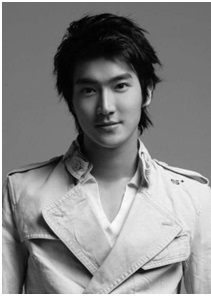
The defining features of these genderless boys incorporate male and female beauty and fashion items to achieve an androgynous look. What sets this apart from other androgynous fashions over the years (especially from a western view) is that, instead of staying completely in-between what is traditionally male and female, these boys heighten their femininity to ‘even out’ against their masculinity and therefore end up somewhere in-between (and oh do i love it!). This is shown by the current pioneering idols of Genderless Kei who are generally kawaii boys with dyed hair, playful wide-eyed anime inspired makeup, loud clothing and cute accessories. It’s important to mention that this isn’t done as a form of cross-dressing, instead, they are rejecting traditional gender rules.
The most popular idol in this movement right now is ‘Genking’ (pictured below) who appeared at the “Tokyo Girls Collection” and has gained massive media attention since. He is an out gay male who, even though he is more femme in style than many other genderless idols, prefers to be known as genderless.
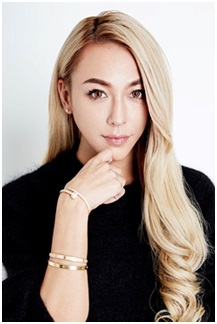
Next is the so-called male version of J-pop superstar, “Kyary Pamyu Pamyu”, ’Yohdi Kondo’ (pictured below). He is especially popular with the Harajuku teen girls through his multiple collaborations with Harajuku brands such as WEGO. Yohdi’s style is innocent and cute which is also reflected in his music.
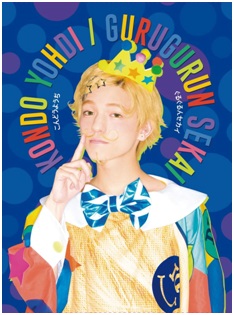
Within this rise in Genderless style is the rise in “Kawaii Boys” within the Harajuku community. ‘Ryucheru’ (pictured below) is considered the most popular of Harajuku’s Genderless Kawaii Boys, rising up to stardom as the boyfriend to Japanese model, Peco; Since then he has built his own fan-base. His style includes very colourful outfits, soft makeup and dyed hair. Ryucheru also has a trademark piece of accessorising, his headband. Due to his fame, he is a true inspiration to other men who want to try Genderless Kei.
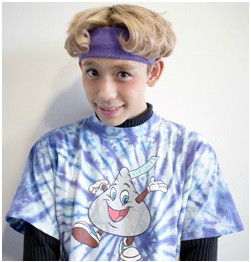
Despite this being a fairly new trend and only a few rising to fame because of it, average young men are also picking up this trend. One such guy who has been seen around Harajuku and documented by the awesome “Tokyo Fashion” blog is ‘Satoyupi’ (seen below). His style is inspired by Ryucheru and is how Genderless Kei is likely to be carried forward.
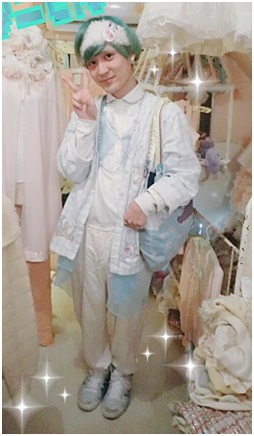
These creative individuals are only a select few with many more being popular on the streets of Japan. If you want to find more who is part of the Genderless Kei movement, check out ‘Tokyo Fashion’ who am an avid follower of, they take street style snaps in Harajuku.

